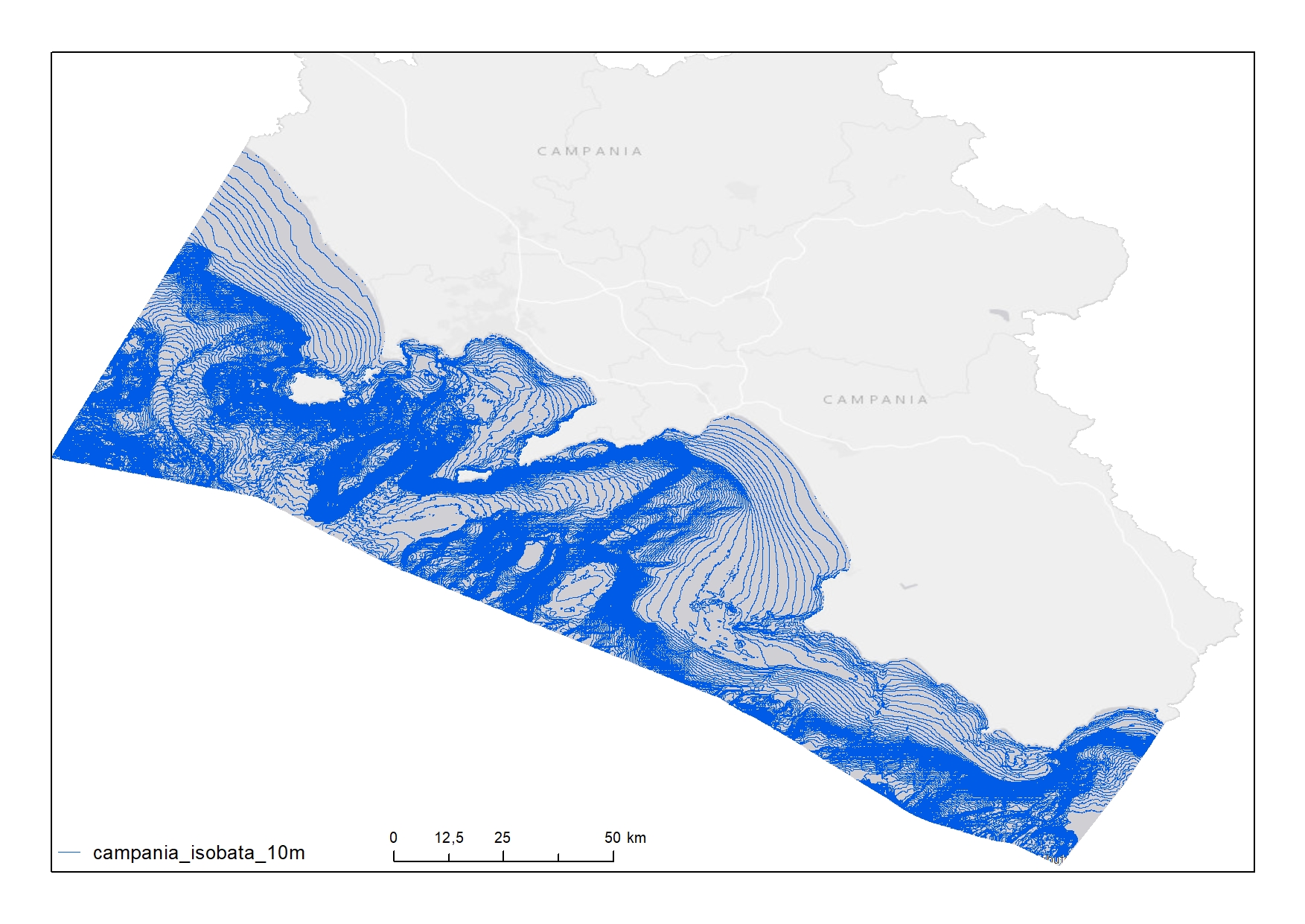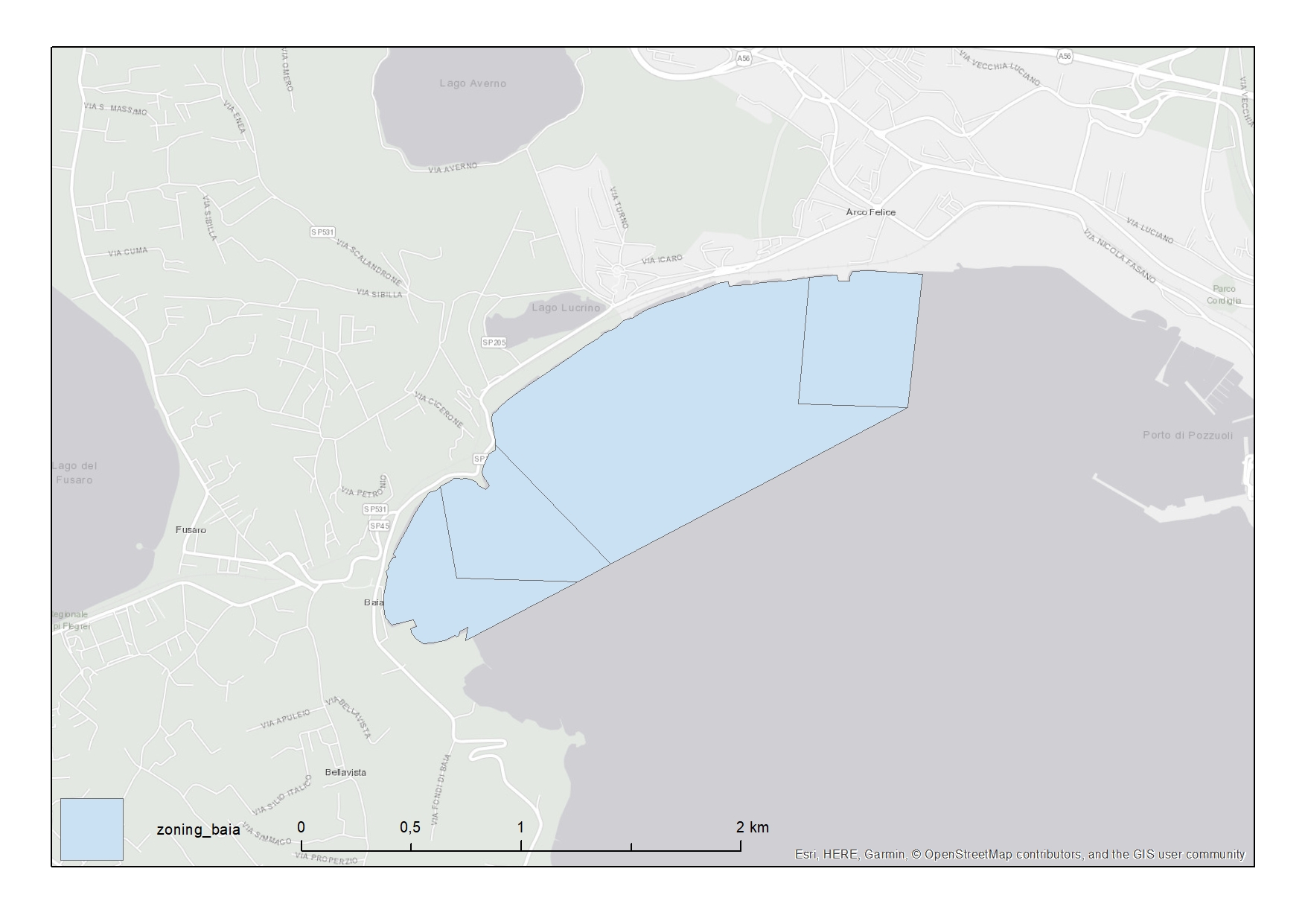Type of resources
Available actions
Topics
INSPIRE themes
Keywords
Contact for the resource
Provided by
Years
Formats
Representation types
Update frequencies
status
Scale
Resolution
-

Contiguous zone (24 NM), territorial sea (12 NM) and internal water offshore the Campania Region
-

The bottom oxygen concentration (bottomO2) map package was built with monthly-mean data remotely collected. The package contains mean, max, min bottomO2 maps at low resolution (~5km) collected during 2019. The maps were also built over the four quarters of the year. These layers are provided with the suffixes Q1 to Q4.
-

Isobaths produced every 10 m for the 12 NM of the Campania Region
-

The superficial sea temperature (SST) map package was built with daily-mean data at high spatial resolution (0.01 degree) remotely collected between 2008 and 2020. The maps were also built over the four quarters of the time period. These layers are provided with the suffixes Q1 to Q4. The SST trend maps show the increasing or decreasing trend of SST over the selected time period.
-

Map showing the distribution of loggerhead turtle nests (Caretta caretta) in the Campania Region between 2002 and 2021.
-

Zoning of the Marine Protected Area named Parco Sommerso Di Baia located in Campania Region
-
Wave data, collected by ADCP current meter installed in the Gulf of Naples (Latitude: 40 ° 49.668 'N, Longitude: 014 ° 13.984' E), on a depth of 17.5 m. Data are sampled continuously, every 15 minutes. The parameters acquired are wave height (m), wave period (s), wave direction (degrees) and tide (m).
-

The wave significant height (VHM0) map package was built with daily-mean data remotely collected. The package contains mean, max, min VHM0 maps at low resolution (~5km) collected during 2019. The maps were also built over the four quarters of the year. These layers are provided with the suffixes Q1 to Q4.
-
List of the main cations and anions found in hydrothermal fluids of the sampled sites.
-

Adult females of Temora stylifera and Acartia clausi, sorted from the mesozooplankton sample, incubated for 24h in natural surface seawater collected at the same sampling station, to assess fecal pellet production (pellets/female/day) and egg production (eggs/female/day). After 48h, calculated the hatching success of these eggs (% hatching success). Individual parameters converted into population parameters in situ, taking into account female abundance at the same station and defined as egg/m3 and nauplii/m3. The file ‘produzione copepodi_tutti’, contains mean and SD of the above parameters, for each of the sampled copepod species.
 FEAMP GeoNetwork catalogue
FEAMP GeoNetwork catalogue